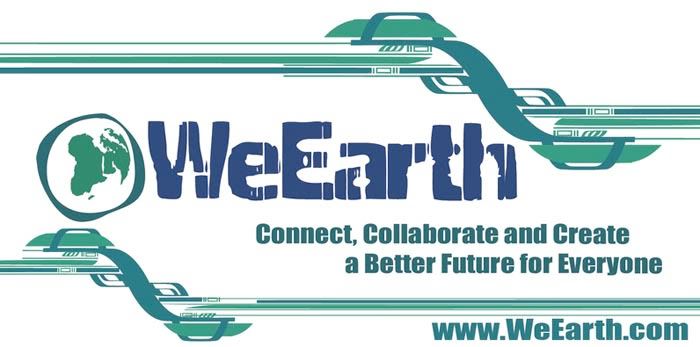Growing a native garden is easier than traditional gardening, which is especially good news for those who don’t have a green thumb. Native gardens are environmentally beneficial and economically efficient. Visit a website like plantnative.org to find out what grows natively in your area.
Here are some steps to Growing Native:
Minimize your Lawn Space:
Growing grass takes a lot of water. By keeping your lawn minimal, you’ll save a lot of water and a lot of money off your water bill. Watering a lawn accounts for most a households water bill in Western states. Once you establish native plants in your garden, you will see a dramatic reduction in your water usage.
Minimize your Pollution:
Gardens require heavy amounts or pesticides and fertilizers, which run off into lakes, rivers and oceans through sewer systems. These not only release potential carcinogenic fumes, but may also harm the life that exists in those bodies of water. Non-native gardens also mean noise pollution and toxic output from the machinery required for maintenance. By growing a native garden, you avoid these pollutants and the carbon dioxide output that warms the planet.
Minimize Replacing Plants:
Traditional gardens involve seasonally replacing plants, adding to your expense. Native plants don’t need to be replaced, saving you money and hassle
Minimize your Backache:
Native plants don’t attract weeds, so you don’t have to use toxic weed killers or get a backache yanking them out





No comments:
Post a Comment